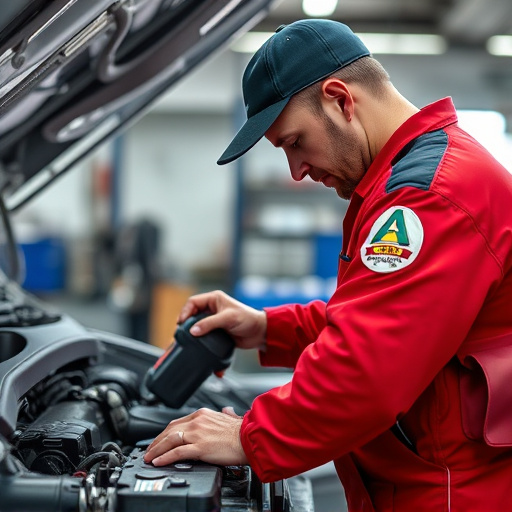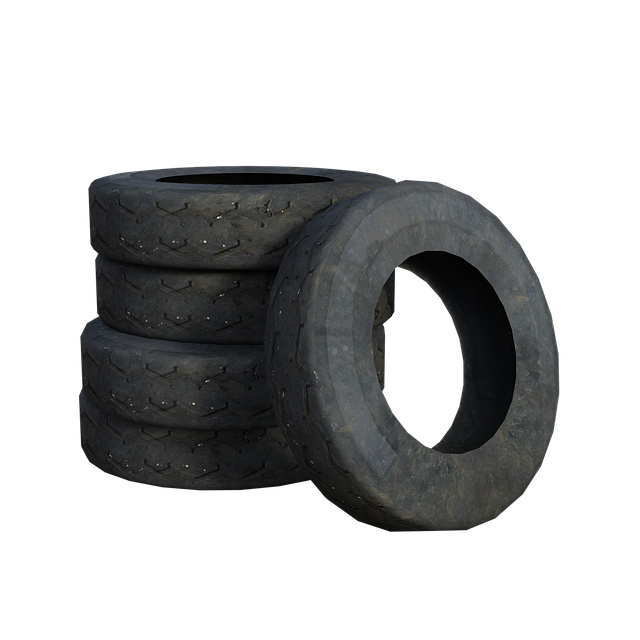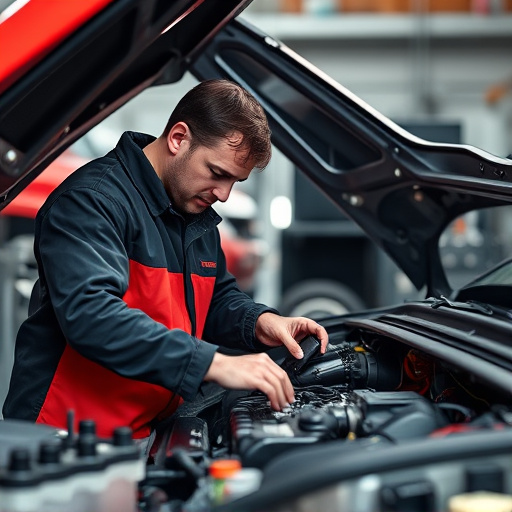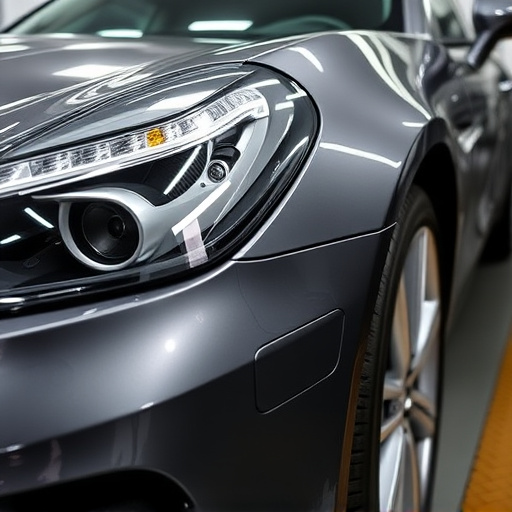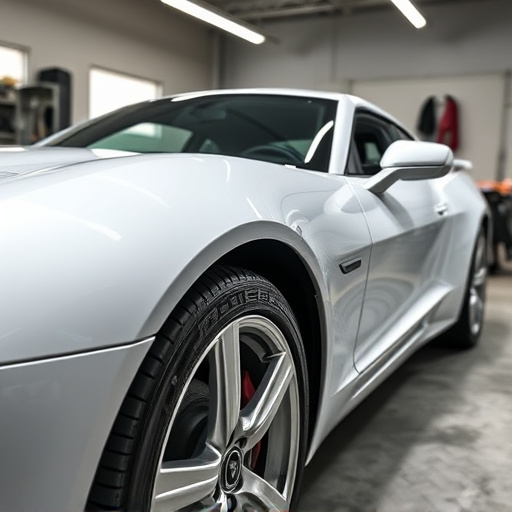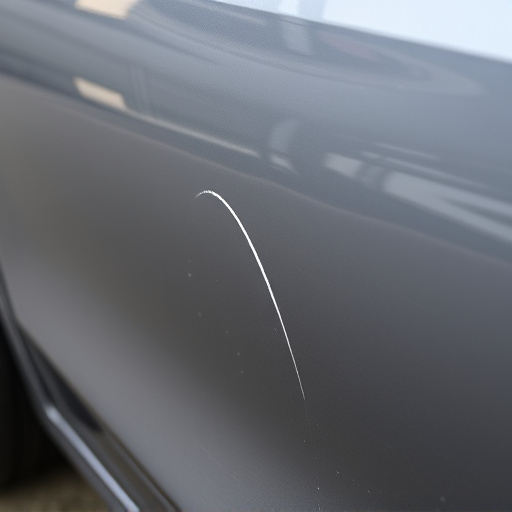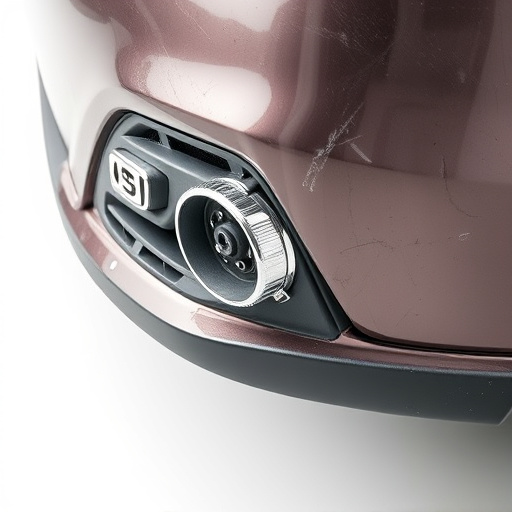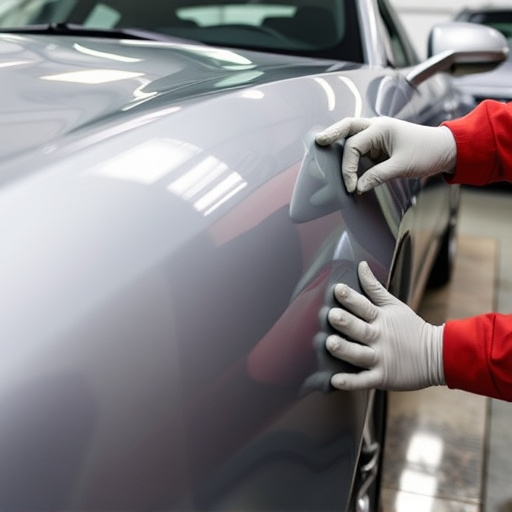Precision frame alignment is a meticulous automotive engineering process that ensures vehicle structural integrity, safety, and performance after damage. Skilled technicians in modern body shops use advanced tools like laser scanners and CNC machines to align panels from hood to trunk with original design specifications, preserving finishes and minimizing collision repair needs. This critical aspect optimizes grip, cornering, and stability, prolongs component lifespans, reduces emissions, saves on maintenance and repairs, and ensures safer vehicle operation while enhancing fuel efficiency and overall dynamics.
Precision frame alignment is a critical yet often overlooked aspect of vehicle maintenance. It involves meticulously adjusting the suspension components to ensure the vehicle’s frame, wheels, and chassis are perfectly aligned. This meticulous process significantly influences both performance and safety. By optimizing handling, reducing body roll in corners, and enhancing stability, precision frame alignment contributes to improved fuel efficiency and engine performance. Understanding these benefits is key to keeping your vehicle at peak condition.
- Understanding Precision Frame Alignment: The Basics
- Impact on Vehicle Handling and Safety
- Benefits for Fuel Efficiency and Engine Performance
Understanding Precision Frame Alignment: The Basics
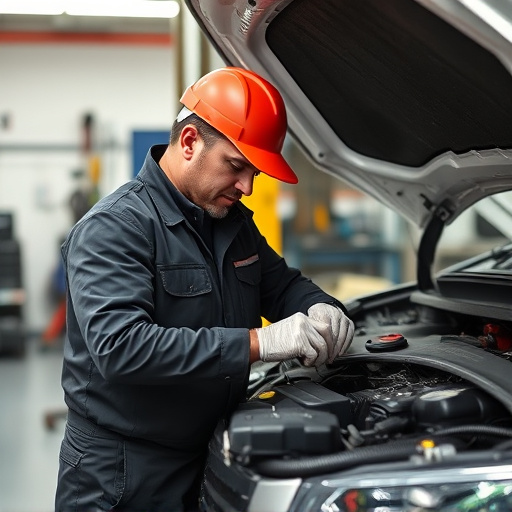
Precision frame alignment is a critical process that involves accurately realigning a vehicle’s structural components after an accident or damage. It goes beyond simple straightening; it ensures that every panel, from the hood to the trunk, lines up perfectly with the vehicle’s original design specifications. This meticulous procedure is crucial in maintaining the vehicle’s structural integrity, safety, and overall performance.
Imagine a car as a complex machine where each part plays a vital role. When a collision occurs, these parts can be misaligned, compromising not just the car’s aesthetics but also its handling and safety features. A skilled technician uses specialized equipment to measure and adjust these misalignments, effectively reversing the damage. This process is often performed in a state-of-the-art vehicle body shop equipped with advanced tools for accurate measurements, such as laser scanners and computer numerical control (CNC) machines. Unlike traditional methods that may leave unsightly marks or require extensive paintwork (like paintless dent repair), precision frame alignment techniques are designed to preserve the original finish, minimizing the need for auto collision repair.
Impact on Vehicle Handling and Safety
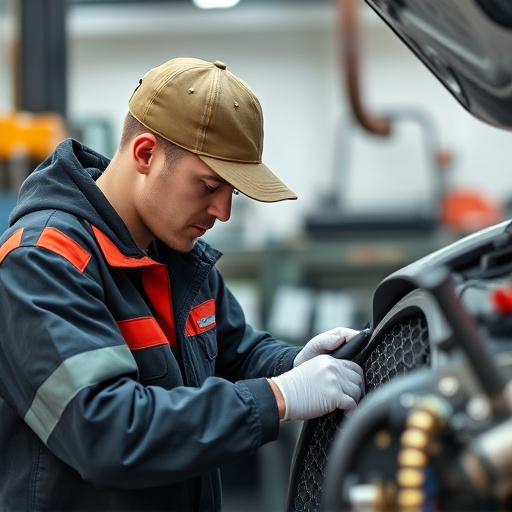
Precision frame alignment plays a pivotal role in enhancing vehicle handling and safety. When a car’s frame is accurately aligned, it ensures all components—from wheels to suspension systems—work in harmony. This results in improved grip, better cornering capabilities, and increased stability at high speeds, thereby significantly reducing the risk of skidding or losing control.
Accurate frame alignment also contributes to enhanced safety features. Proper alignment minimizes wear and tear on brakes, tires, and other critical components, preventing them from failing under extreme conditions. Moreover, it helps maintain the integrity of collision repair work, such as dent removal and auto painting, ensuring that the vehicle returns to its original state without compromising structural safety.
Benefits for Fuel Efficiency and Engine Performance
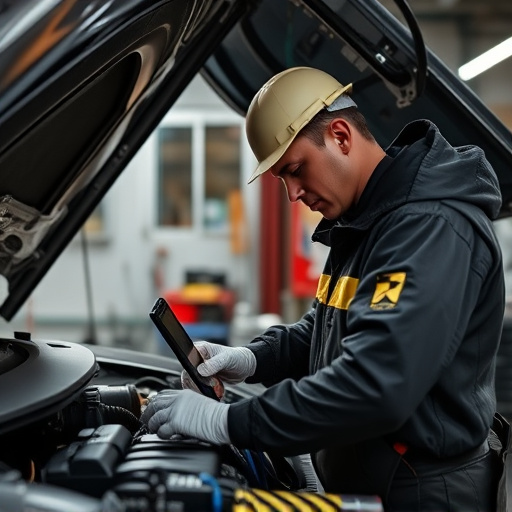
Precision frame alignment is a crucial process that significantly enhances fuel efficiency and engine performance. By ensuring the vehicle’s structural integrity, this technology optimizes the alignment of various components, leading to improved aerodynamics and reduced drag. As a result, the engine doesn’t have to work as hard to maintain speed, thereby increasing fuel economy and reducing emissions. This is particularly beneficial for modern vehicles with sophisticated engines that are designed to operate at peak efficiency under optimal conditions.
Moreover, precision frame alignment plays a vital role in preventing and mitigating car damage repair issues. Even minor misalignments can cause uneven tire wear, increased noise during driving, and reduced handling capability. Over time, these issues can lead to more significant auto repair services, such as suspension repairs or even extensive automotive collision repair. By maintaining the vehicle’s alignment, drivers can extend the lifespan of their cars, save on costly repairs, and enjoy a smoother, more efficient ride.
Precision frame alignment is not just a niche concern; it’s a key component in enhancing vehicle performance across various metrics. By ensuring optimal alignment of a car’s structural framework, we significantly improve both safety and handling, providing a smoother ride and better control. Moreover, the positive effects extend to fuel efficiency and engine performance, contributing to cost savings and reduced environmental impact. Incorporating precision frame alignment into regular maintenance routines offers a compelling solution for vehicle owners seeking top-tier driving experiences.
